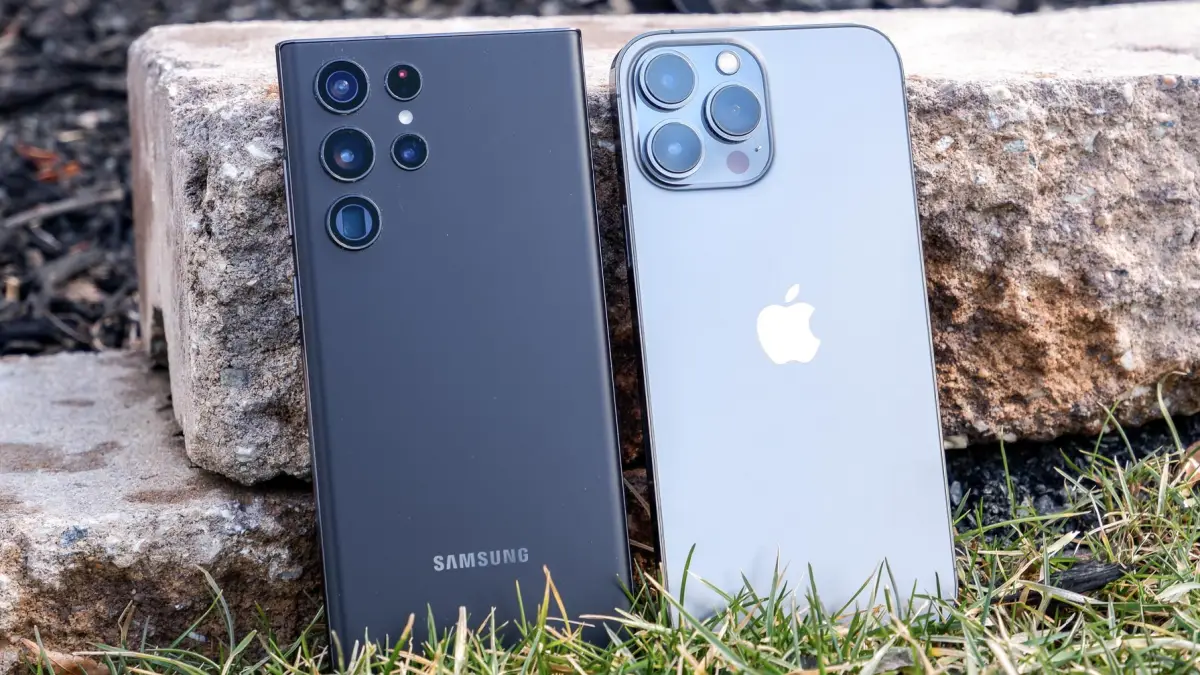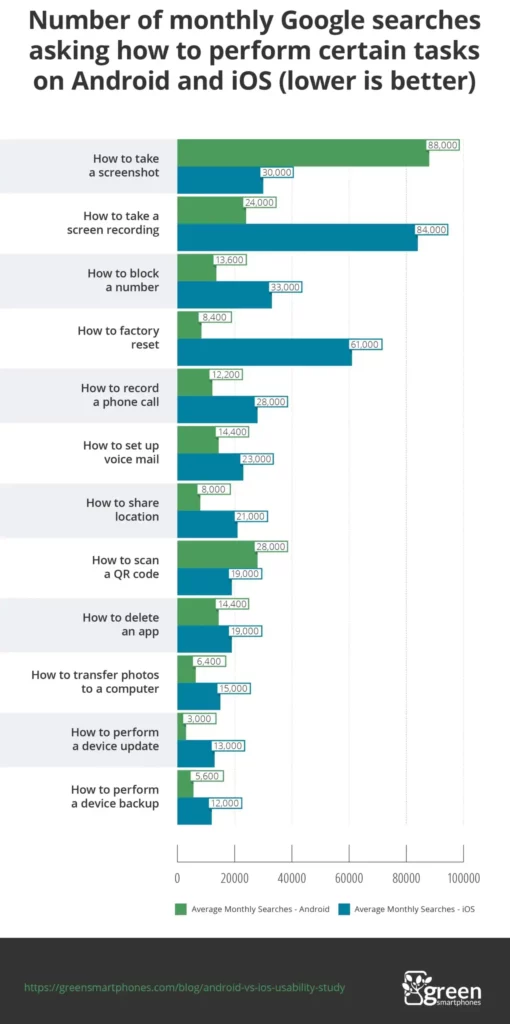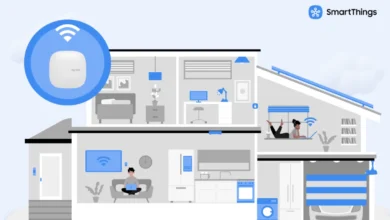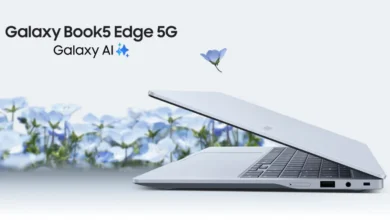Android smartphones are more intuitive than iOS: Report

Samsung holds the biggest share in the Android market, and every step of Samsung is crucial; with any small change, the company can change the ecosystem of the market. But the company is following simplicity in its products, which is why Android smartphones are giving tough competition to iOS devices. According to a new report, operating Android smartphones are way simpler to use than iOS.
The report based on Green Smartphones further mentions that Android smartphones are 58% more intuitive than iOS systems. The report is based on Google searches which have many questions of how to do particular tasks on Android or iOS smartphones; it is spotted that in every search, iOS users’ questions are more than the Android users.

It was found that the Android smartphone interface is very simple, so users can easily perform the tasks like resetting their smartphones, recording screens, and recording phone calls, while iOS is better in some limited activities like taking screenshots and QR code scans. For Samsung devices users, several functionalities are way simpler than other devices, thanks to One UI.
Samsung One UI makes a more user-friendly interface for users
After introducing One UI for its products, Samsung has always aimed to make the UI (user interface) intuitive for the users; with every new major One UI update company has enhanced the system functions. For instance, In One UI 5.0, Samsung has bought many customization features for the lock screen with the lock screen itself without doing any extra steps. Now, it is expected that the One UI 6 will come with new features with the same simplicity of working.


